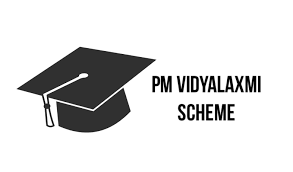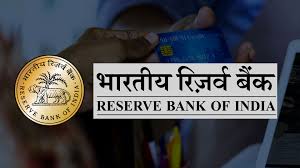Union Cabinet approved PM-Vidyalaxmi scheme
The Union Cabinet on Wednesday approved the PM-Vidyalaxmi scheme to provide monetary support to meritorious students so that financial constraints do not prevent them from pursuing quality higher education, Union Minister Ashwini Vaishnaw said. The Union Cabinet has approved the PM-Vidyalaxmi scheme for financial assistance to students applying for higher education. The scheme will get Rs 3,600 crore for 2024-25 to 2030-31. What is PM-Vidyalaxmi scheme The scheme will provide students a 75 per cent credit guarantee by the central government for loans up to Rs 7.5 lakh. Students with an annual family income of up to Rs 8 lakh and who are ineligible for benefits under any other government scholarship or interest subvention schemes will be provided 3 per cent interest subvention for loans up to Rs 10 lakh during the moratorium period. The loans will cover the full tuition fees and other expenses related to the course. The scheme will apply to leading Qualified Higher Education Institutions (QHEIs) as identified by the National Institutional Ranking Framework (NIRF). This includes all government and private higher education institutes (HEIs) ranked within the top 100 in overall, category-specific, and domain-specific rankings by the NIRF, as well as state government HEIs ranked within 101-200. Additionally, all central government-run institutions will be eligible. The scheme aims to support 2.2 million students, prioritising those enrolled in government institutions and pursuing professional or technical courses. Banks and financial institutions will be reimbursed through E-vouchers and Central Bank Digital Currency (CBDC) wallets.Under the PM-USP CSIS, students with an annual family income of up to Rs 4.5 lakh who are pursuing technical or professional courses at approved institutions receive full interest subvention on education loans up to Rs 10 lakhs during the moratorium period. Together, PM Vidyalaxmi and PM-USP will provide comprehensive support, enabling all deserving students to pursue higher education in quality higher education institutions (HEIs) and technical or professional education at approved HEIs. Benefits of PM-Vidyalaxmi scheme Collateral-free loans: Students can obtain loans that fully cover tuition and associated expenses without the need for collateral or guarantors. Credit guarantee: For loans up to Rs 7.5 lakh, the government provides a 75 per cent credit guarantee, making it easier for banks to lend to a larger number of students. Interest subsidy:Students from families with an annual income of up to Rs 8 lakh are eligible for a 3 per cent interest subsidy on loans up to Rs 10 lakh during the moratorium period, with priority given to those pursuing technical or professional courses in government institutions. Applications The Department of Higher Education will have a unified portal, ‘PM-Vidyalaxmi,’ where students can apply for education loans and interest subsidies through a simplified process accessible across all banks.
Union Cabinet approved PM-Vidyalaxmi scheme Read More »

